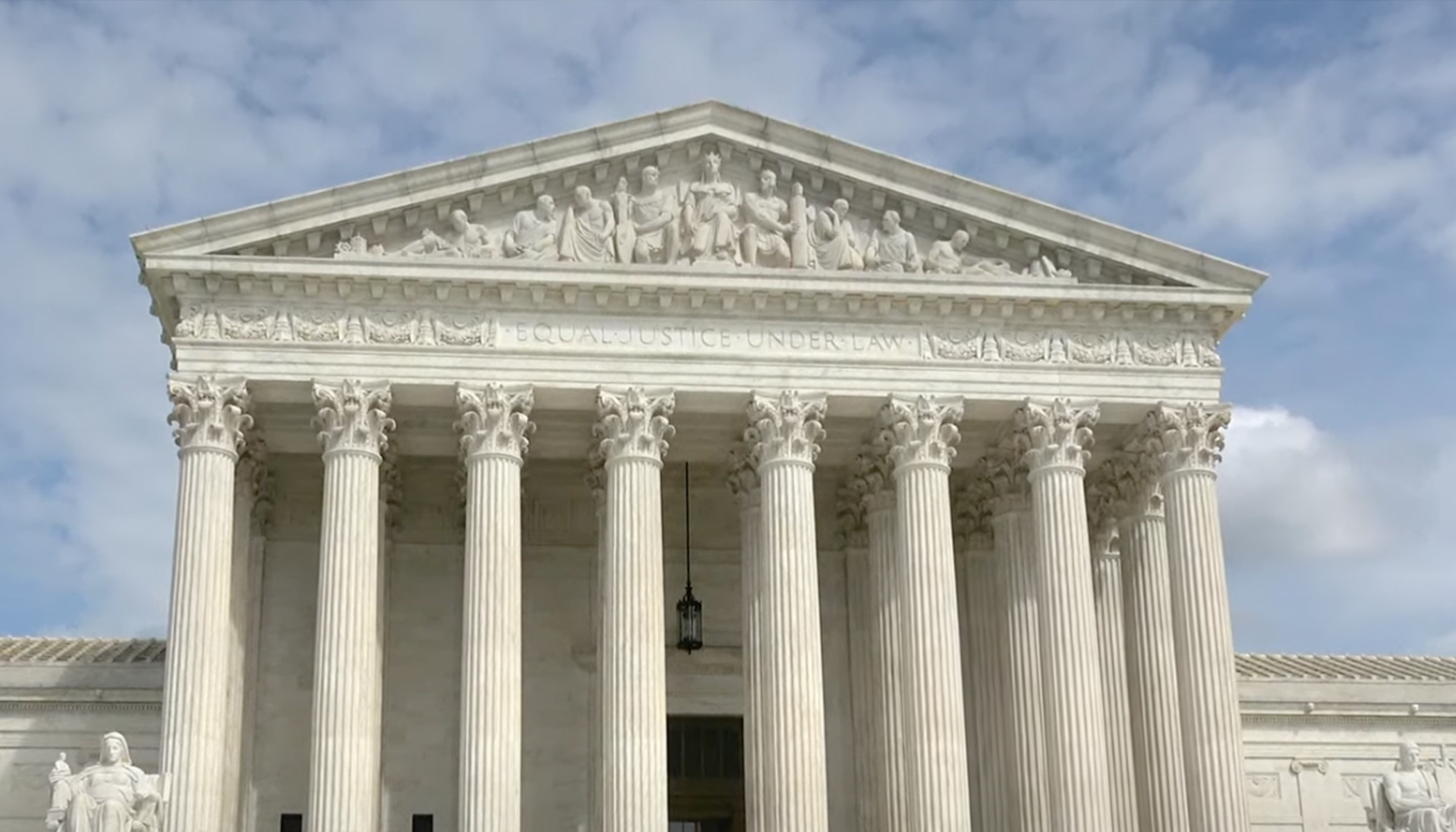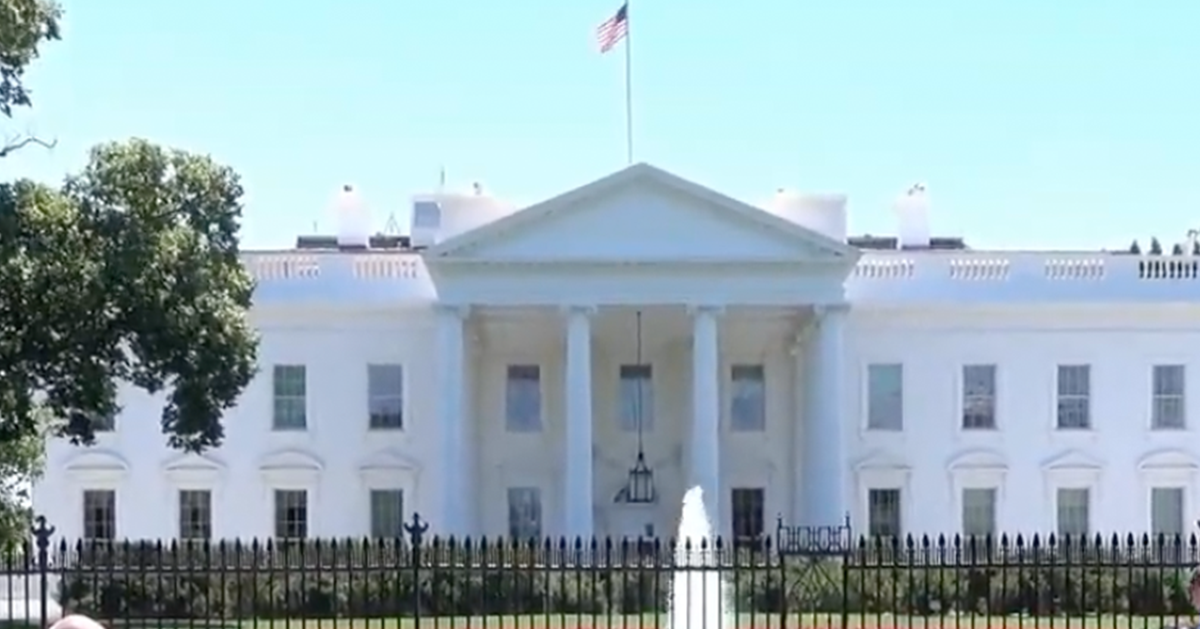Justice Amy Coney Barrett's Independent Stance Surfaces in Recent Supreme Court Decisions
Appointed to the high court four years ago, Barrett has shown her willingness to reject the opinions of conservative colleagues and offer unique -- and perhaps somewhat unexpected -- judicial perspectives in various high-profile cases, as the Associated Press reports.
Barrett has often aligned with the conservative majority in landmark decisions. However, some of her recent work reveals a nuanced approach to jurisprudence, leading to some unpredictable stances.
The justice's tenure on the court has been marked by significant rulings, including the reversal of Roe v. Wade, the end of affirmative action in college admissions, and the expansion of gun rights. This term, Barrett notably diverged on certain cases, showcasing her willingness to step away from the conservative consensus from time to time.
Barrett's Critical Dissents and Judicial Independence
One of Barrett's most significant dissents this term dealt with the regulation of downwind air pollution, a decision that saw her siding with environmental concerns over conservative precedents.
In another dissent related to the Jan. 6 unrest at the U.S. Capitol, Barrett criticized the majority's handling of the case, using the term "textual backflips" to describe the situation as she saw it.
Her independence was further highlighted in a key ruling concerning former President Donald Trump, in which she disagreed with the majority's decision to reject state attempts to remove him from a primary ballot, suggesting that the majority went further than necessary in its decision.
Varied Alliances Across the Aisle
Despite her conservative leanings, Barrett has occasionally joined forces with the court's liberal justices. A notable instance was her dissent against a decision that blocked an Environmental Protection Agency plan intended to tackle air pollution.
Together with Chief Justice John Roberts, Barrett also supported a limited order allowing emergency abortions in Idaho, balancing state and federal interests in a critical healthcare issue.
Her judicial approach emphasizes what she says is an adherence not to personal ideology but to legal principles, as she famously stated, "It's not the law of Amy."
Significant Contributions to Presidential Powers and Federal Authority
In the historic immunity case involving Trump, Barrett agreed with the majority but voiced strong opposition against restricting the evidence prosecutors could present in criminal cases related to presidents, underscoring the importance of transparency and accountability in official conduct.
She argued there was no reasonable basis to block prosecution in a case involving allegations about alternate electors, stressing that the Constitution does not protect presidents from credible legal scrutiny.
Her votes have also supported decisions weakening federal regulators' powers and allowing more stringent measures against homeless encampments.
Judicial Metrics and Analytical Perspectives
Barrett's alignment with the majority reached over 92% this term, positioning her third in frequency after Roberts and Justice Brett Kavanaugh.
Experts like Melissa Murray have noted her occasional deviations from the conservative bloc, suggesting an unpredictability that could redefine her judicial legacy.
Steve Vladeck views her opinions as providing a potential roadmap for future legal arguments, indicating her emerging role as a central figure in the court.
Overall Impact on Supreme Court Dynamics
Although Barrett is predominantly part of the conservative supermajority, her occasional divergences on key issues reflect a broader judicial philosophy that values individual analysis over collective ideology.
Adam Feldman also pointed out that Barrett's views do not always align with those of her peers on either side of the aisle, anticipating more distinctive opinions in her future judicial career.
Murray, however, notes that while Barrett's independence is notable, it rarely shifts the broader direction of the court, which remains firmly conservative.
In conclusion, Justice Amy Coney Barrett's tenure on the Supreme Court has been characterized by a blend of expected conservative rulings and surprising moments of judicial independence. Her critical dissents, thoughtful alignments, and principled stands on contentious issues underscore her evolving role as a potentially pivotal figure within the nation's highest court.




